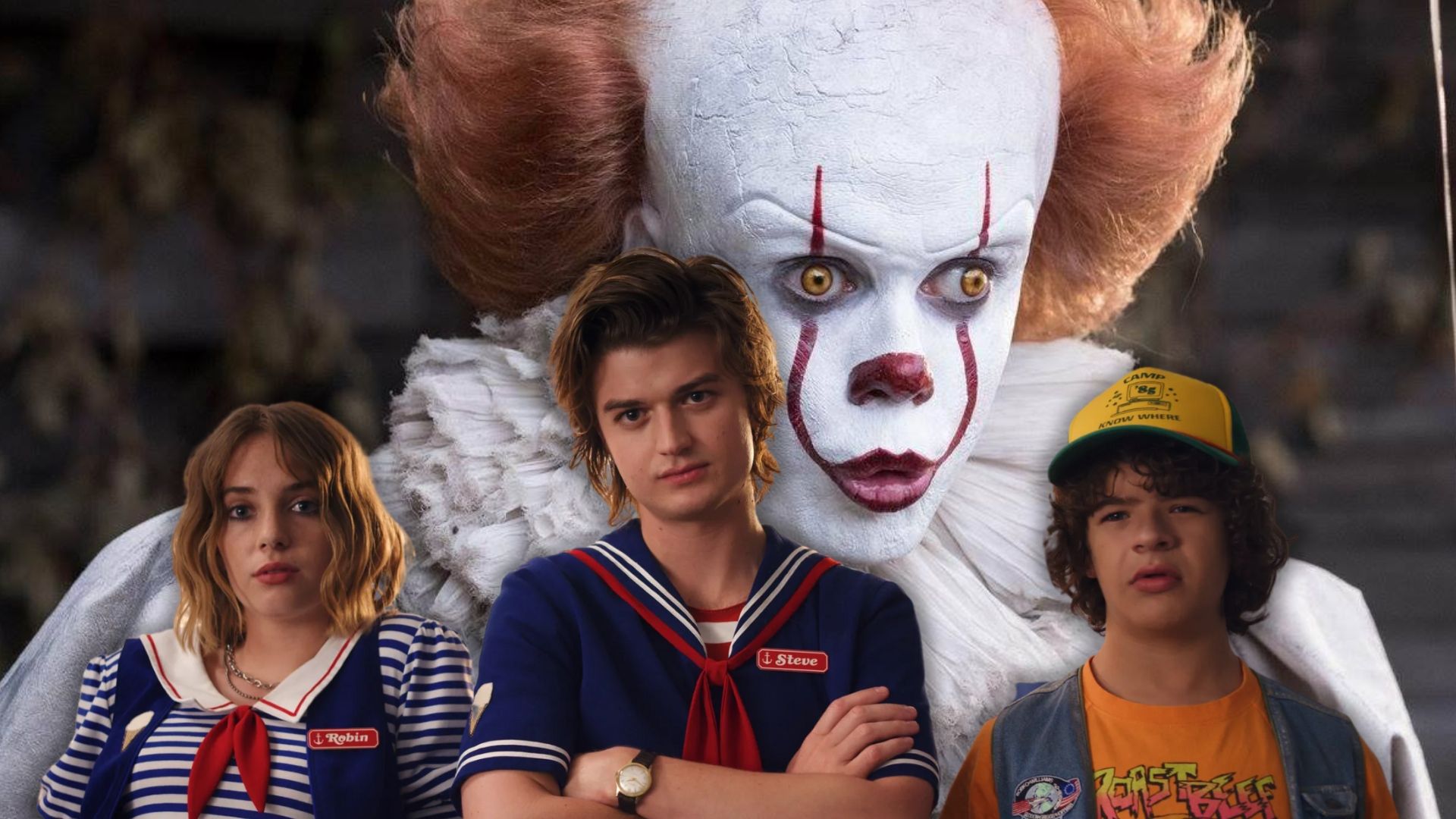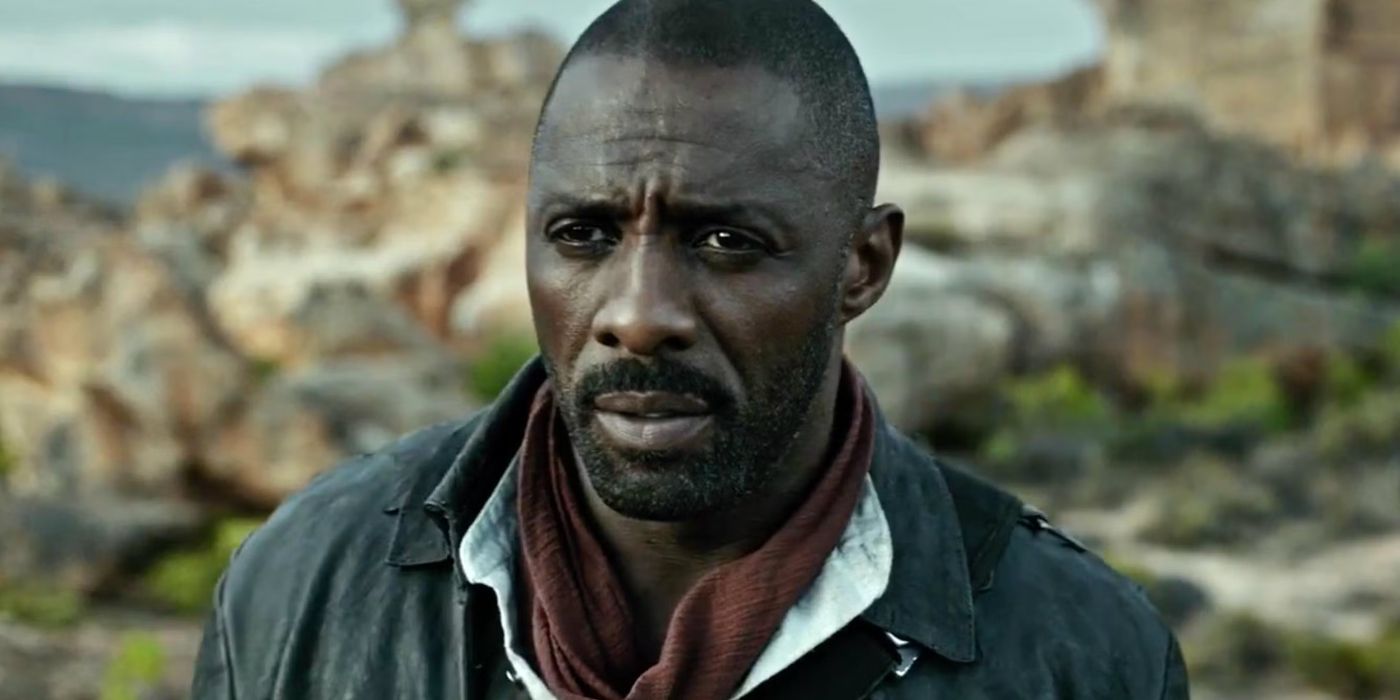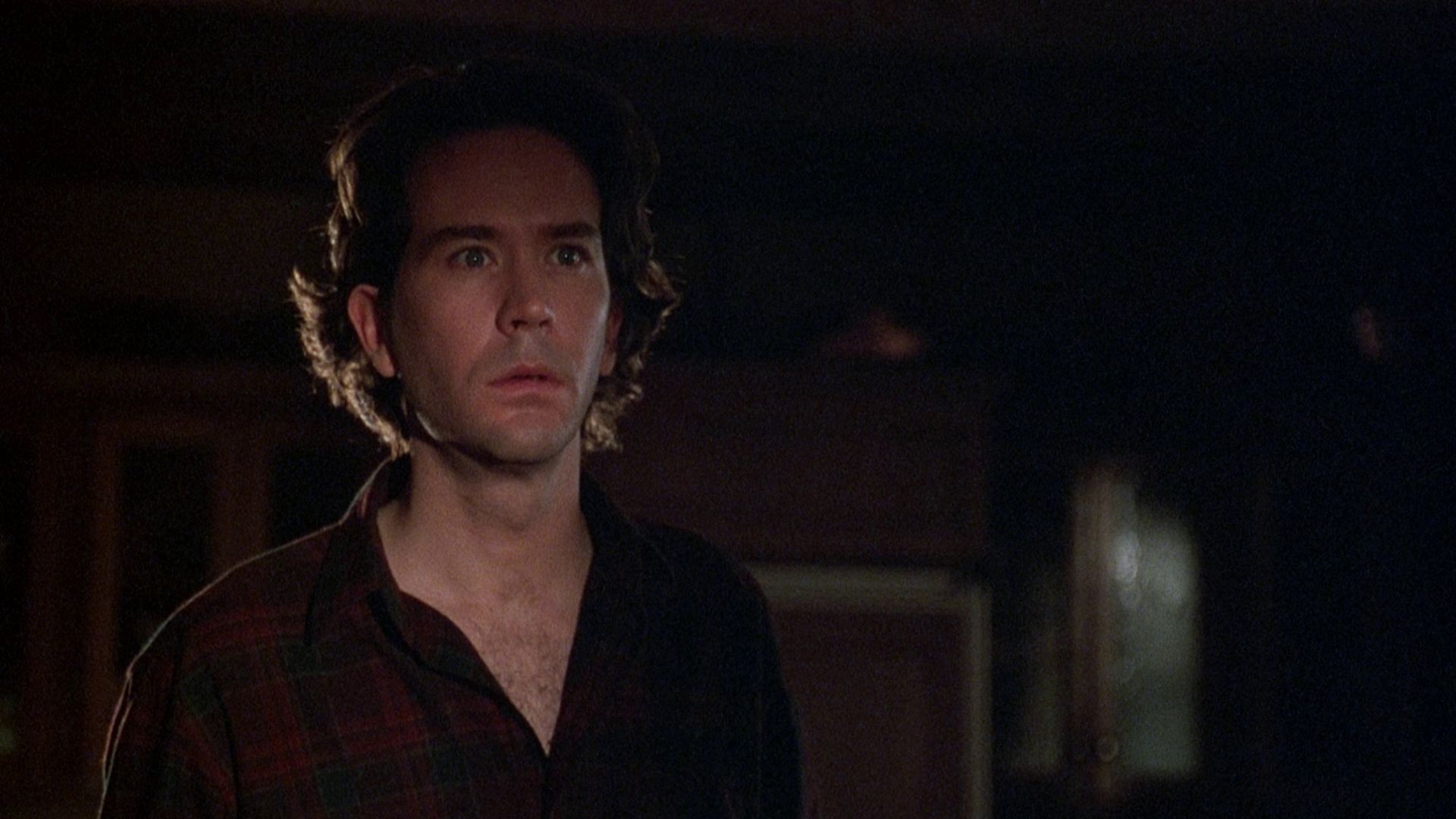There is perhaps no other name more synonymous with American horror than Stephen King. The author has spent the past several decades crafting intricate tales of psychological horror and suspense that have cast a shadow over his readers’ imaginations. Just as important to the canon of American horror are the films of George A. Romero. These two personalities, which first became intertwined with one another in Creepshow, crossed paths once again when Romero directed The Dark Half, based on King’s novel of the same name. One of many stories by King that takes place in the fictional city of Castle Rock, Maine, The Dark Half is a reflection of a brief period in the author’s own career.
Inspired in part by a time when King published books under the pseudonym of Richard Bachman before being outed, The Dark Half follows Thad Beaumont (Timothy Hutton), who writes under the pseudonym George Stark. Once being blackmailed about his secret being revealed, Beaumont goes public about his true identity, quite literally burying Stark in a publicity photo, only to have this creation manifest into reality. The Dark Half examines the contrast that exists between the public persona and the private lives of those who exist in the literary world.
Examining the Polarity of Opposites
Thad Beaumont and his pseudonym George Stark are part of a dichotomy that exists in the publishing world, one that King himself was a part of with his own persona, Richard Bachman. Through the pseudonym of George Stark, Beaumont is able to craft a series of lurid novels full of depictions of sex and violence that sell remarkably well and are a hit with the public. This certainly speaks to a novelist’s own struggle for crafting stories with substance or made for profit, as Beaumont mostly writes contemporary fiction. This was something King struggled with, and he wanted to write darker material under the Bachman pen name to determine if his success was based on luck or talent.
The contrast in literary style between Beaumont and Stark becomes apparent when the alter-ego manifests into reality. Stark’s (also portrayed by Timothy Hutton) presentation as a character reflects the more lurid subject matter written by the pseudonym. Whereas Beaumont is a mild-mannered family man, Stark is a psychopath who wields a switchblade and dresses in all black.
A criticism made about The Dark Half at the time of its release was that Hutton’s portrayal of Stark was “against type” and, therefore, not believable. What Stark ultimately embodies is the persona that allows Beaumont to craft more transgressive forms of art, so it’s only natural that this living persona of what Beaumont refers to as his “dark half” would be closely tied to him in looks and have an exaggerated personality that emanates from Beaumont’s imagination.

Related
7 Nods to Stephen King You May Have Missed in Stranger Things
Stranger Things has many references to other pop culture elements, but these are the Stephen King nods you may have missed.
A Small Town and the Trauma Contained Therein
The location of Castle Rock, Maine, has allowed Stephen King to weave multiple complex stories attributed to the fictional area that have since become folklore in their own right. Castle Rock is one of many locations in the pantheon of American horror that involves horror coming to a small town to roost among the citizens in an otherwise quaint and charming location. There have been multiple adaptations of King’s work that take place in the fictional town of Castle Rock, and George Romero’s vision of small-town horror is by far one of the best. If you go back to Night of the Living Dead, we have much more than the birth of the modern zombie craze, but an intricate study of diverse personalities of a small American community, not unlike Castle Rock, and how they deal with the trauma of a crisis beyond their control.
The Dark Half has many aspects of small-town America, such as the sheriff, the college, and the friendly caretaker of the local cemetery, all of which play a crucial role in the backdrop to the struggle between Beaumont and his evil alter-ego. Romero’s direction and his previous efforts at illustrating how individuals deal with trauma resulted in a much darker King adaptation than some of the others from the time period.
The Dark Half should be considered in the same league as Carrie, as both take notable influence from Hitchcock. Brian de Palma’s Adaptation of Carrie utilizes the slow burn of Hitchcock’s early crime thrillers in that the audience is made completely aware of imminent danger, but the impact from when it occurs is still potent. The Dark Half, with its use of large quantities of sparrows to represent psychopomps, is reminiscent of The Birds, especially in the ways they gather around Castle Rock.

Related
6 Stephen King Movies That Are Nothing Like the Book
Stephen King is a brilliant author hence most screenwriters and filmmakers stick to his vision, but occasionally, things get altered.
A Darker Breed of King
The Dark Half should be remembered as one of the more visceral adaptations of Stephen King’s literary works and one of the unique points in George A. Romero’s filmography. Stephen King’s crafting such a chilling tale based on his own personal experience as a writer once again proves that reality can be much stranger than fiction.
This story originally appeared on Movieweb


